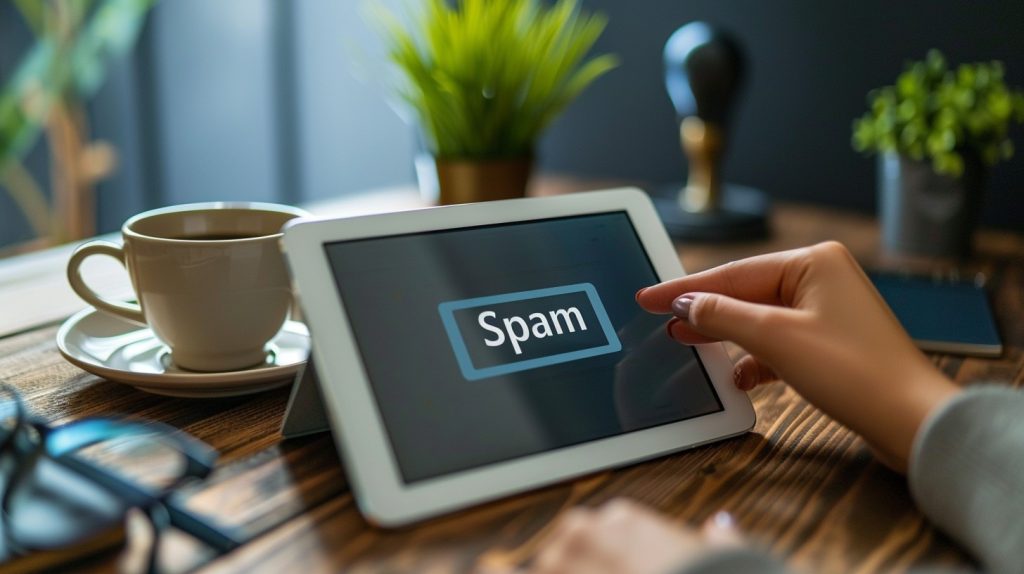
While HubSpot has a growing customer base of 143,347, HubSpot emails without an email warmup go to spam. Hence, if you want to save yourself time and your emails from going to spam, just use a free email warm up to stay in your Inbox.
If you still want to know ‘Why do HubSpot emails go to spam?’ then let’s get started with the reasons.
HubSpot Email Deliverability Report
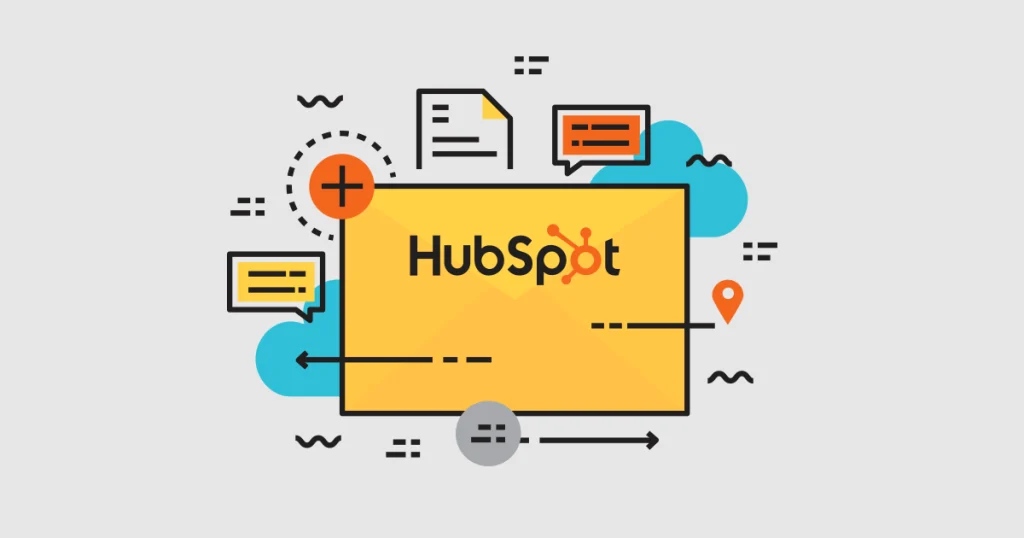
As of 2024, 77.71% of emails from HubSpot land in Inbox. The number goes to 98% if the HubSpot account is using an automated email warm-up. Without, email warmup, 19.29% of the emails end in the spam folder.
The reason why HubSpot emails go to spam is not so because of HubSpot but your email reputation being low. You can’t be sending emails to high amount of people with low reputation.
Put yourself in the shoes of Google, if you were to email 10 contacts, but next day you email 100 contacts, does that mean you’ve found 90 friends overnight?
That’s what a free email warm up does for you! It increases your friends or your email reputation so your emails go even higher than the standard.
While this highlights a need for closer examination, it also provides an opportunity to refine our strategies and ensure consistent inbox placement.
Here’s the scoop: if your email takes a detour to the spam folder, it becomes part of the 20.81%. We’re keeping a keen eye on this exclusive group and are committed to enhancing our email deliverability.
Imagine the backstage hustle – we’re like email investigators, consistently probing and improving our delivery techniques. This playbook serves as our secret recipe, guiding us to fortify communication channels and elevate our outreach strategies.
Why Do HubSpot Emails Go to Spam?
Here are a few typical reasons why your HubSpot emails going to spam folder.
1. Bad Reputation of IP Address and Domain
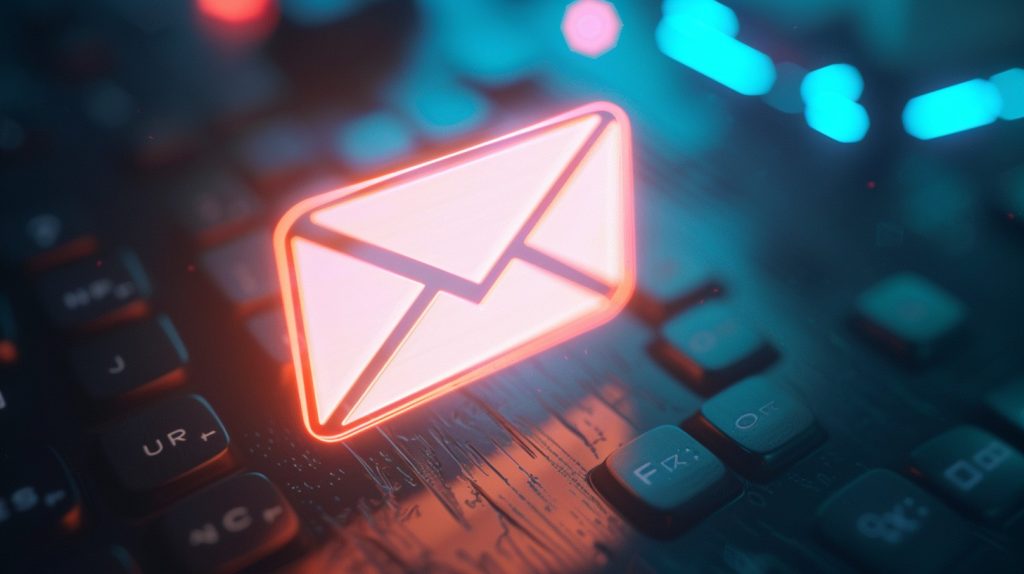
A weak sender’s reputation, encompassing both IP and domain reputation, can be detrimental. A shared IP or a tarnished domain reputation increases the chances of your emails ending up in spam. Check tools like Google Postmaster for a low sender’s reputation, a key factor if your emails are struggling to reach user inboxes.
Uphold a positive domain reputation, considering the impact of shared IPs on your email’s trustworthiness. You can also check best email warmup tools and consider warming up your domain using automated email warm-up.
2. Low Email Engagement Rates
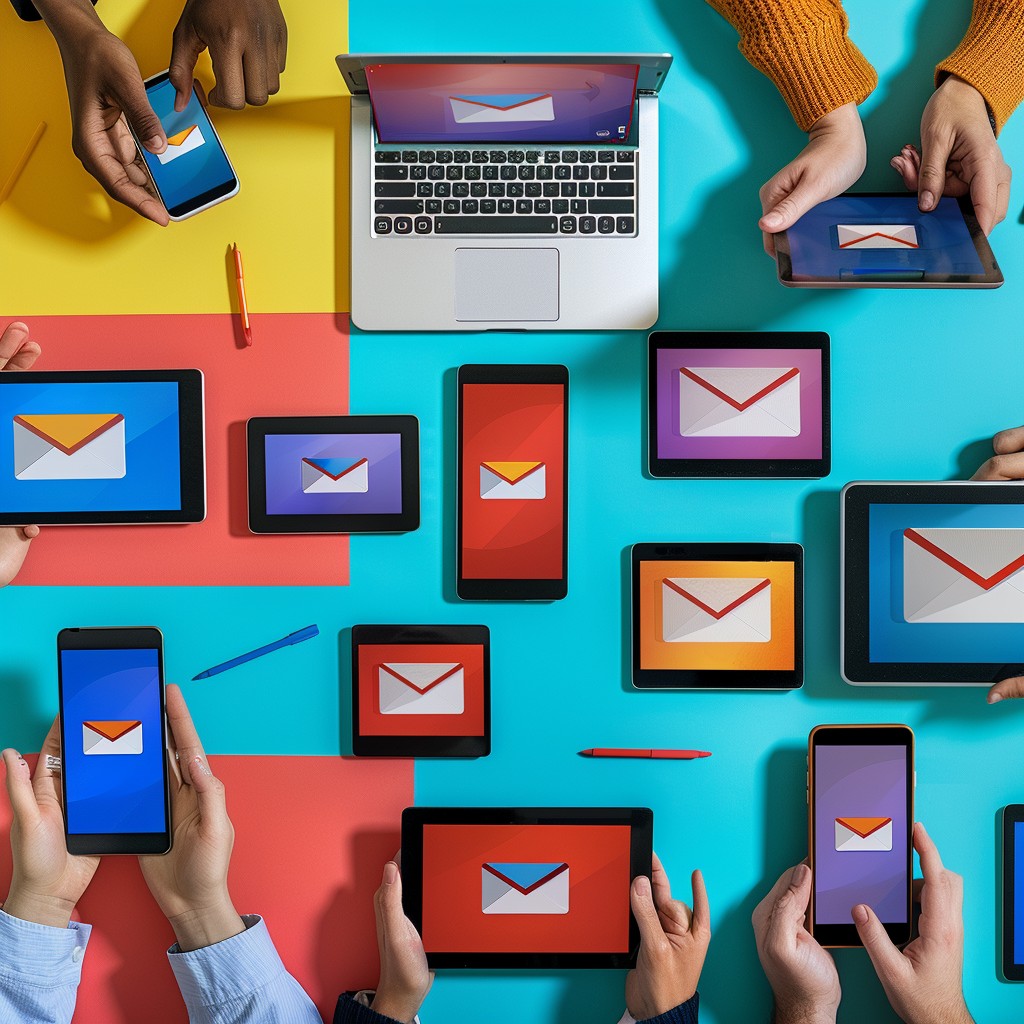
When your emails aren’t engaging, spam filters may tag them as unwanted. Webmail providers consider factors like open and delete rates for spam filtering decisions.
If your open or read rates are low, there’s a higher risk of your emails being labeled as spam. The solution? Amp up engagement. Target the right audience, send emails at optimal times, refine subject lines, segment your list, and maintain list hygiene through regular scrubbing.
Dive into our guide on the best time to send cold emails for comprehensive advice. Let’s boost those engagement rates!
3. Misuse of URLs and Links
Why does the spam rate increase due to the misuse of URLs and links?
Properly managing URLs is not only crucial for email deliverability but also for building trust with your subscribers. Let’s delve into two common misuses:
a. Open URLs and Links:
Be cautious of misleading or suspicious URLs, as they can trigger spam filters, negatively impacting the delivery of your emails. Picture this scenario while promoting your Off Page SEO Services:
- 📧 To discover this month’s special deals, visit our website.
Did you catch the subtlety? The second option, with an open URL, might trigger spam alerts in filters.
b. Link Shorteners:
Although using URL shorteners (like bit.ly) for link tracking is common, it comes with a caution. Spam filters, especially in Gmail, may flag or block them. Play it safe by checking if your email provider offers built-in link tracking features instead of relying on potentially risky shorteners.
4. Misleading Subject Lines and Inaccurate ‘From’ Information

a. Misleading Subject Lines: Misleading subject lines can trigger spam filters, increasing the likelihood of emails being flagged and leading to more spam complaints.
Examples of deceptive subject lines:
- “Did I leave my jacket at your place?” – Uses familiarity to appear acquainted.
- “RE: CURRENTLY IN OFFICE” – Doubly deceptive, resembling a reply or work-related email.
- “Urgent – Update your information.” – Creates misleading urgency.
- “Your Reservation Confirmation,” “Thanks for your order!” – Transactional emails, especially order confirmations, tend to have higher open rates because recipients are alarmed.
b. Inaccurate “From” Information: It’s against the law (CAN-SPAM ACT) to deceive with email info like “from,” “to,” “reply-to,” and routing information.
5. No sufficient information in Email Signature

The absence of signature information in your email not only jeopardizes credibility, professionalism, and legal compliance but also significantly increases the likelihood of your message being flagged as spam. Additionally, overlooking these crucial details results in missed opportunities for recipients to connect with you, potentially diverting your emails away from the intended inbox.
For an in-depth exploration of the Top 10 reasons with solutions related to emails going to spam, consult our guide on the subject.
Spam-Free Steps to Supercharge Your Campaigns in HubSpot
1. Build a Strong Sender’s Reputation:

- Boost your email reputation by using your own dedicated sender address instead of sharing with others.
- Before sending a lot of emails, slowly start using your website’s email to gain trust with inbox providers. Just like warming up before exercise, it helps your emails be more trustworthy.
- Make sure your website has a good reputation, and consider using tools like automated email warm-up. This is crucial for making sure your emails are seen as dependable.
2. Follow HTML Email Best Practices
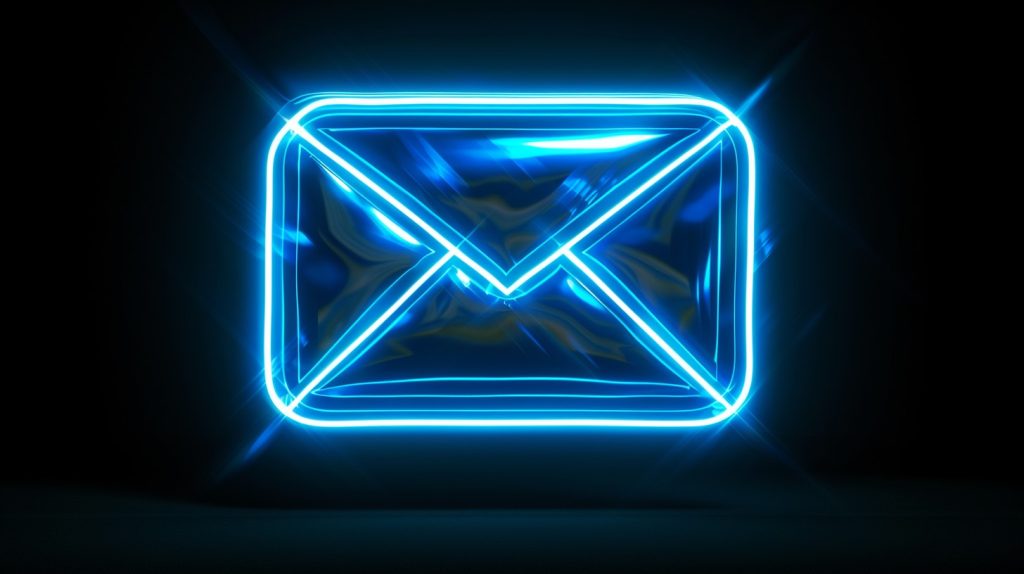
Adhere to clean HTML guidelines, optimize images, and minimize attachments for efficient email loading and to prevent potential issues with spam filters. This ensures your emails are streamlined, load smoothly, and are less likely to be flagged as spam, promoting effective communication with your recipients.
3. Send Relevant Content

Suppose a user frequently explores SEO for wedding photographers content on your website. In this case, you can send them an email featuring valuable insights and tips on enhancing online visibility, or creating engaging content for a wedding photography website.
By tailoring your content to their specific interest in wedding photography SEO, you not only provide valuable information but also increase the likelihood of meaningful engagement and reduce the chance of your emails going to spam.
Also, make sure to use a tool that check email for spam triggers.
4. Obtain permission before sending emails (Promotional Emails)
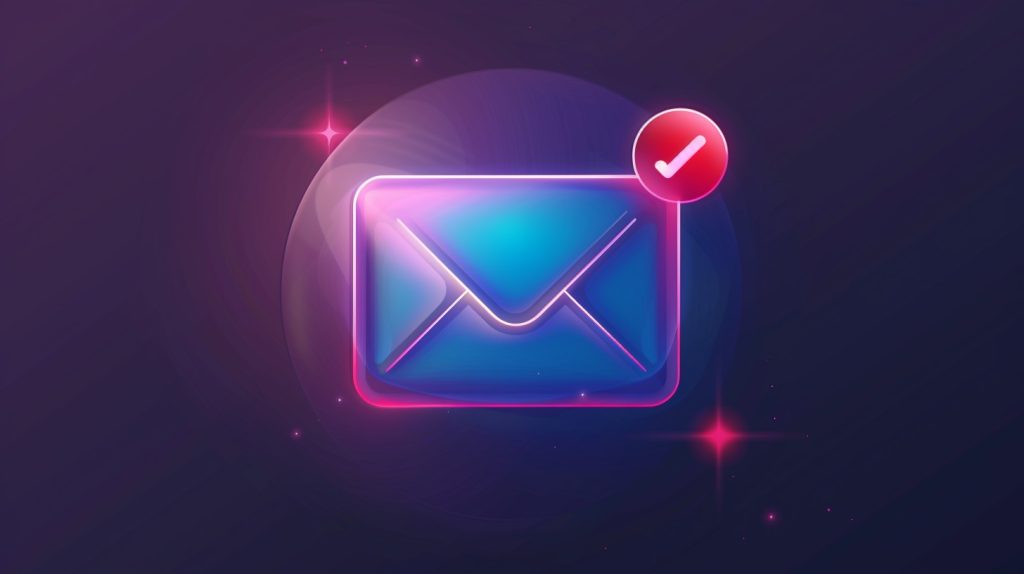
If you’re sending promotional emails, ensure you have obtained explicit permission from users by incorporating a checkbox on your signup form. This allows users to willingly opt-in to receive emails from your company, reducing the likelihood of them marking your emails as spam. By securing their consent through this transparent approach, you build trust and enhance the overall effectiveness of your email campaigns.

For instance, if you’re providing off-page SEO services, incorporate a checkbox on your signup form that allows users to willingly subscribe to receive valuable insights and promotions related to enhancing their website’s off-page SEO strategies. This transparent approach not only secures their permission but also establishes a connection built on trust, reducing the chances of your emails being flagged as spam.
5. Use Automated Email Warm-Up for a Spam-Free Start
Elevate your email campaigns with Automated Email Warm-up – the ultimate solution for automated email warm-up campaigns. Packed with top-rated features and real-time tracking, it goes beyond warm-ups to offer comprehensive email management. Key highlights include:
- Integration with popular ESPs like HubSpot
- Mailbox Health Score for campaign organization based on metrics and performance KPIs
- AI-supported strategy for tailored email send-outs
- Analytical dashboard providing real-time insights into deliverability, blocklisting rates, send-out rate, and spam rates
Experience the revolution in cold email warm-ups for free – try Automated Email Warm-up today!
If you’re on multiple platforms, check out our other guides for more assistance:
- Why is My Mailchimp Email Going to Spam?
- Klaviyo Emails Going to Spam
- SendGrid Emails Going to Spam
- Salesforce Emails Going to Spam
- Squarespace Emails Going to Spam
- Why are my Emails Going to Junk on iPhone?
- AOL Email Going to Spam
Let’s Wrap it Up!
In a nutshell, grasping the reasons behind why do HubSpot emails go to spam is vital to fine-tune your email game. We’ve taken a deep dive into issues like lackluster engagement, authentication missteps, and tricky subject lines. To conquer these hurdles and ensure your emails bask in the limelight of the main inbox, we’ve laid out actionable solutions. And in this sea of solutions, the hero emerges: automated email warm-up. By proactively priming your domain and harnessing the prowess of this tool, you’re not only enhancing your sender credibility; you’re sculpting a new horizon for your email initiatives.
Take the plunge now and witness the transformation of HubSpot email deliverability.
Here’s to a journey free of spam hurdles!
Frequently Asked Question(s)
Do HubSpot Emails go to Spam?
Yes, HubSpot Emails go to Spam. A notable 19.29% experienced rerouting to spam folders post-delivery. While underscoring the importance of closer scrutiny, this also presents an opportunity to enhance our strategies and guarantee reliable inbox placement for HubSpot emails.
Leave a Reply